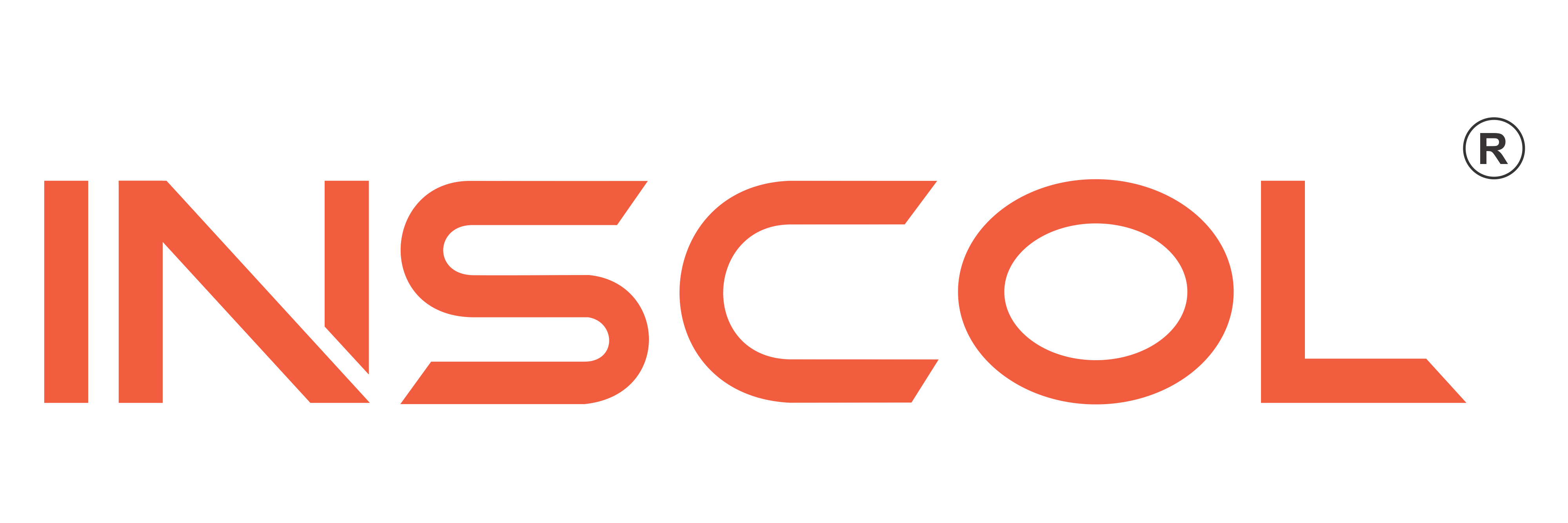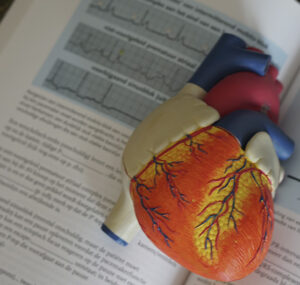Statistics says that more than 350,000 cardiac arrests take place outside the hospital and over 200,000 occur within the premises of a healthcare facility. But only 46 percent of patients receive properly performed CPR.
Despite considerable efforts to improve the treatment of cardiac arrest and continuous developments and changes in the performance of resuscitation, reported survival outcome figures remains poor – success rate ranges between 13–59% which is remarkably low. One of the major contributing factor remains the lack of resuscitation skills of nurses and doctors in basic and advanced life support.
In an effort to improve cardiac arrest outcomes, several guidelines on performing CPR have been published and certified basic and advanced life support training courses designed by the American heart Association (AHA). These guidelines, have become a standard in medical professionals’ training around the world.
The prime objective of such classes is to impart cognitive as well as psychomotor skills of CPR which in turn helps provide a standardized care to cardiac arrest victims in accordance with the specific guidelines. In addition, such courses pledge to bestow information and hands-on practice in cardiac arrest situations.
What is BLS and ACLS?
While Basic Life Support (BLS) certification from the American Heart Association involves becoming certified in cardiopulmonary resuscitation, Advanced Cardiac Life Support (ACLS) certification goes several steps further. The course of ACLS revolves around identifying life-threatening conditions, such as a stroke and heart attack, and following the appropriate treatment algorithm.
Why the need?
Since nursing professionals are the first ones to witness a cardiac arrest at a facility, they need to have updated technical knowledge and practical skills developed to contribute more efficiently to cardiac arrest maneuvers. With professionally trained nurses in BLS and ACLS, there has been a fourfold increase in the survival rate of the cardiac arrest victims. ACLS classes designed by American Heart Association render theoretical knowledge and practical skills which help the nurses to be more swift, efficient, integrated, one who performs cardiopulmonary reanimation successfully.
Impact of ACLS and BLS
Through such improvised courses, AHA aims to help students master their critical CPR skills, empowers them on a physical and mental level, and reduces the time between training and demonstration of competence in a training environment.
An in-hospital investigation clearly demonstrated that patients identify by BLS, ACLS trained nurse has a four times survival to discharge rate than then those detected by the non-trained nurses – provided an independent contribution to increased survival rate.
Who requires it?
Though all nursing professionals and healthcare experts requires to undergo a formal training to hone their BLS and ACLS skills, it’s mandatory for those who are working in the emergency department, intensive care unit and cardiac care units.
Where can you get the training?
INSCOl is an AHA recognized training center that has been a silver member two years in a row. With a state-of-the-art simulation lab and set up, INSCOL provides these workshops to all medical professionals. Visit our website http://www.inscol.com/ to gain more information regarding BLS and ACLS certification courses.





